Today’s chosen theme: Mindfulness Meditation for Mountain Climbing. Lace your boots, steady your breath, and join a community of climbers who use presence, compassion, and focused awareness to move confidently from trailhead to summit. Subscribe and share your mindful ascent rituals.
Breath at Altitude: Calm Focus on the Ascent
Synchronize inhale and exhale with your footsteps to stabilize heart rate and attention. Try inhaling for three steps and exhaling for four on steep grades. I learned this on a windy Colorado ridge, where it steadied shaky legs. Test it this weekend and report your cadence.

Attention on the Edge: Managing Fear and Exposure
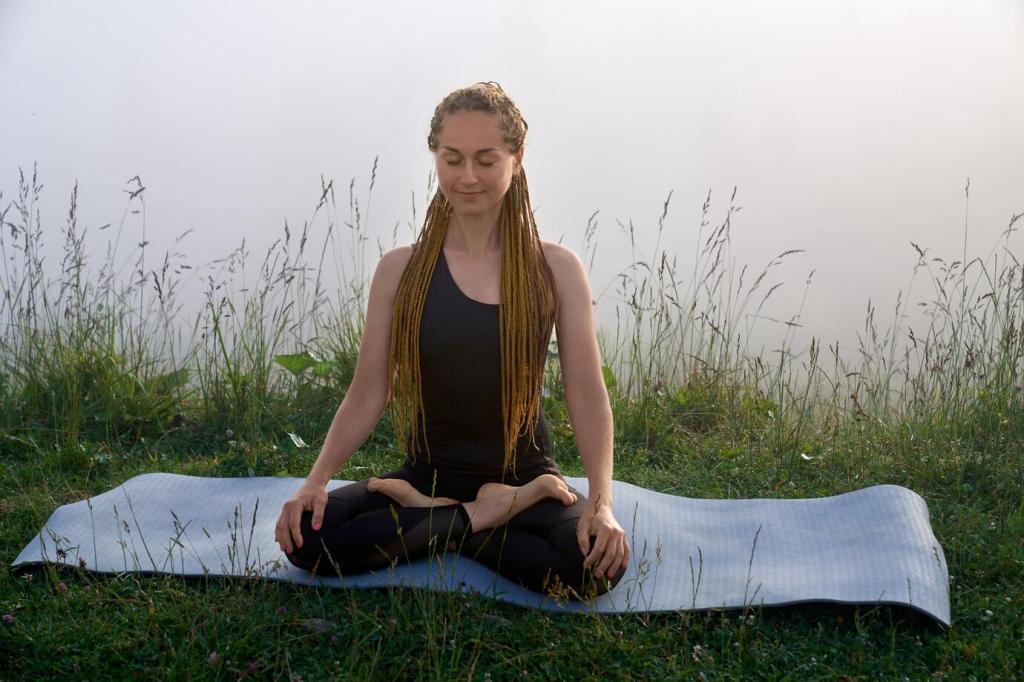
Name, Notice, Normalize
Simply labeling your experience—“fear,” “tingling,” “tight chest”—can reduce reactivity and return choice to your hands. On a narrow arête, I quietly name sensations, then remind myself fear is normal. Share three words you use to label and normalize difficult moments.
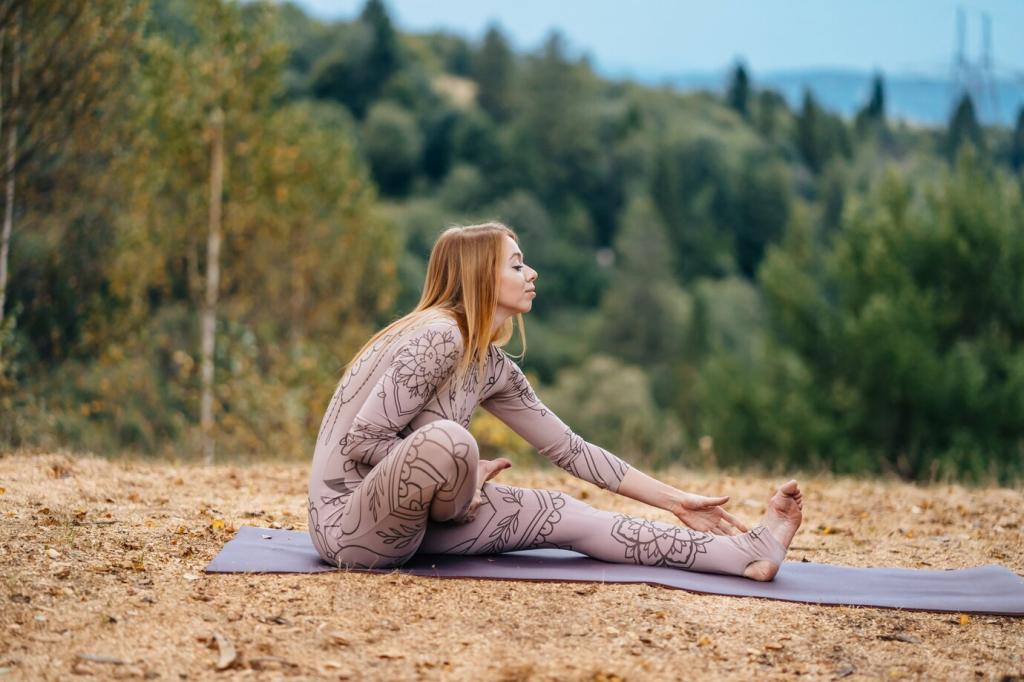
Anchor to the Present with Sensory Cues
Pick a reliable anchor: the cool steel of your ice axe head, the crunch of crampons, or the rhythm of your pack straps. Return attention there whenever thoughts race. Which sensory anchor keeps you steady on exposed terrain? Drop your favorite anchor in the comments.
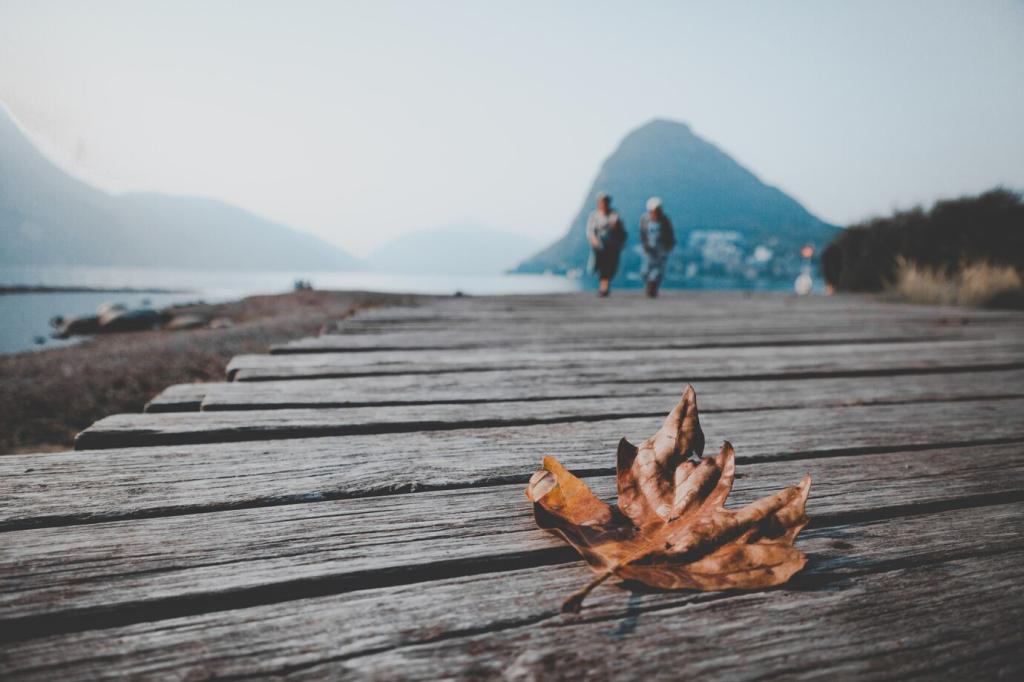
Compassion for Yourself and the Team
Self-criticism stiffens movement; compassion softens it. Try whispering, “It is okay to move slowly,” then check in with partners before a crux. Mutual patience reduces risky haste. Tell us how compassion changed one challenging section of your climb.
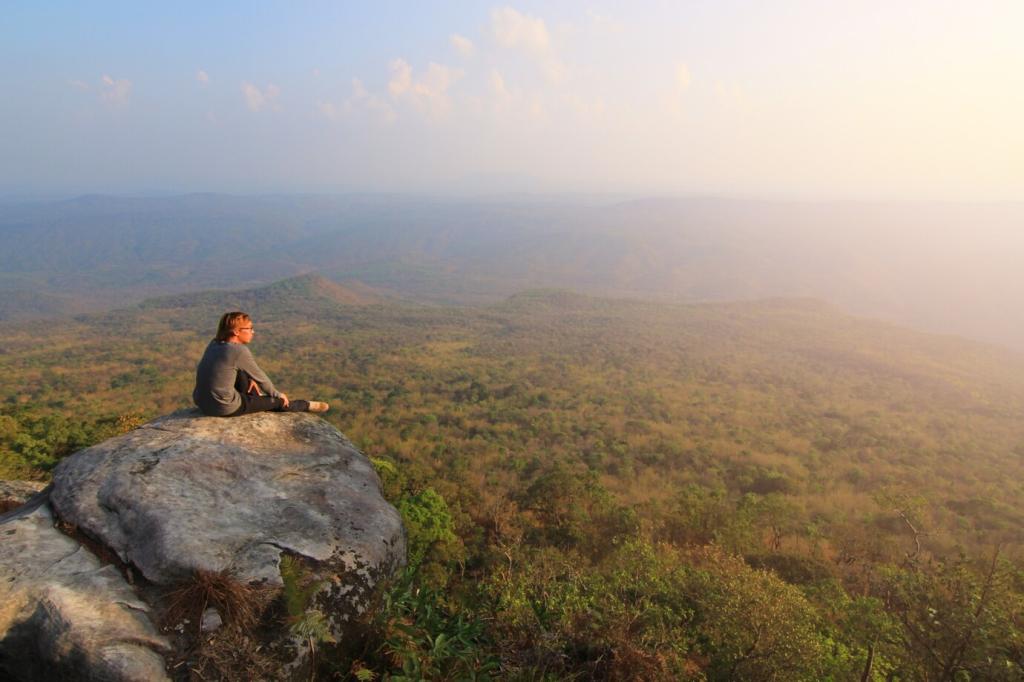
Mindful Movement: Footing, Rhythm, and Flow
Pause for a fifteen-breath body scan: toes, arches, calves, hips, shoulders, jaw, and eyes. Release hidden tension and notice how foot placements become quieter and more precise. Try a one-minute scan at every break and tell us where you discovered the most relief.
Mindful Movement: Footing, Rhythm, and Flow
Coordinate trekking poles with breath and stride: plant–step–breathe, plant–step–breathe. An old guide taught me to whisper “smooth” at each pole plant to prevent rushing. Experiment on your local hill and share the rhythm mantra that keeps you moving efficiently.
Before unzipping the tent, spend sixty seconds imagining tying in, the first steps on firm snow, and your steady breathing rhythm. See and feel calm execution. This quick ritual shapes attention for the day. Try it tomorrow and tell us what details felt most vivid.
Visualization and Route Planning for Clarity
Create implementation intentions: “If spindrift starts, then we pause, layer, and reassess.” “If crevasse bridges feel soft, then we reroute.” Reducing decision fatigue protects energy for movement. Share one if–then plan you will adopt for your next alpine start.
Visualization and Route Planning for Clarity
Recovery and Acclimatization with Mindful Routines
Evening Body Scan in the Tent
Lie back and sweep attention from soles to scalp, noting hotspots, gratitude for hard-working legs, and any areas that need gentler pacing tomorrow. Many climbers report deeper sleep after this practice. Try it tonight and share what surprised you during the scan.
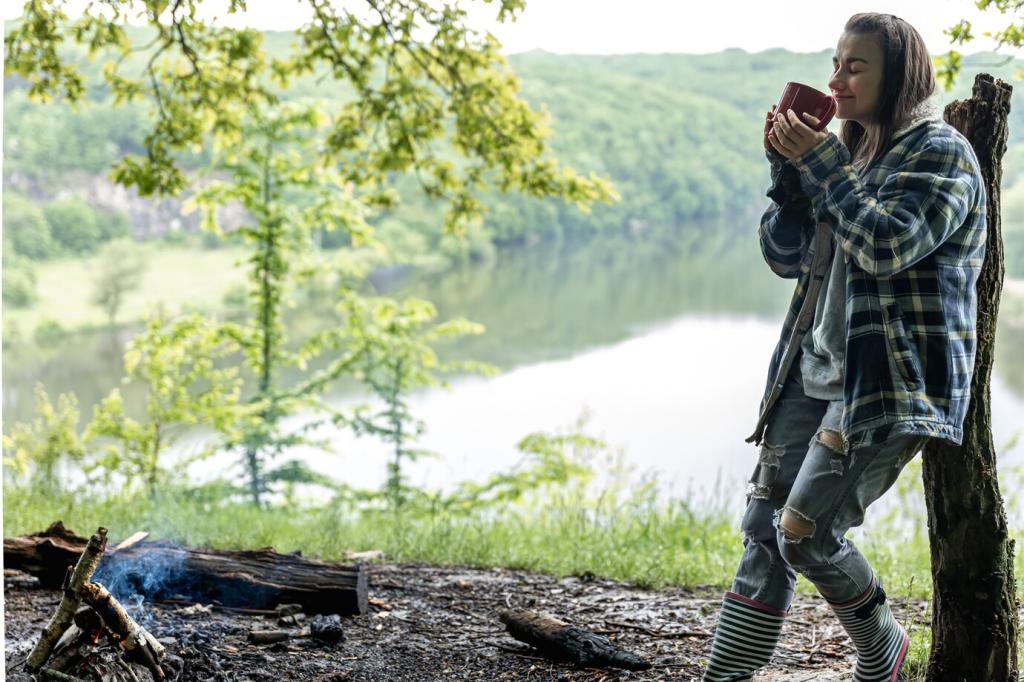
Before moving, the team inhales together during coil checks and exhales on the first step. On Pico de Orizaba, a synchronized exhale kept our pace even when gusts hit. Try this on your next glacier walk and tell us how it changed your cadence.
